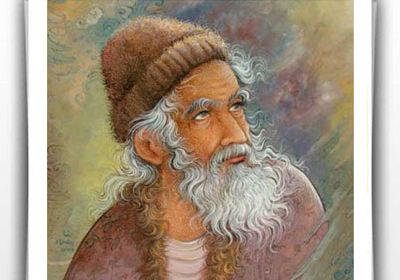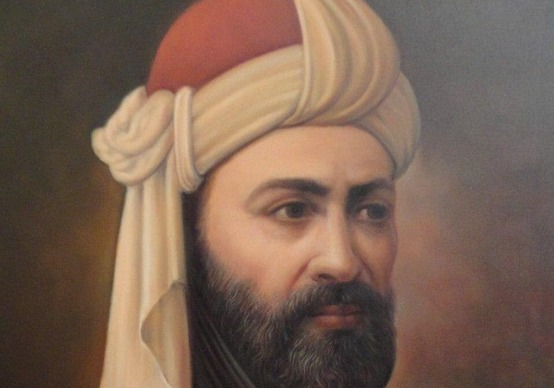
Ayatollah Seyyed Hassan Modarres: The Symbol of Struggle against Tyranny
The cause of popularity: Standing for rights and fighting tyranny
Works:
Kifayah al-Usul
Rasa’il al-Fiqhiyah (Jurisprudential Treatises)
A treatise on the priority of religious duties
A treatise on the late condition
A treatise on contracts
A treatise on the necessity and non-necessity of receipts for endowment
Commentary on the book “The Marriage of the Late Ayatollah Sheikh Mohammad Reza Najafi
Ayatollah Seyyed Hassan Modarres was born in a family of Tabataba’i seyyeds of Sarabeh, a village in Kachu Rural District, in the Central District of Ardestan County, Isfahan Province, in the year 1870 CE. Modarres lived in his birthplace for 16 years and then went to Isfahan to continue his education. He went to Iraq in 1891 and studied under famous such Shiite scholars as Ayatollah Mirza Hassan Shirazi, Mulla Mohammad Kazem Khorasani, and Seyyed Mohammad Kazem Yazdi, and after eight years of study, he attained the degree of ijtihad. In 1899, he returned to Iran and Isfahan and started teaching.
Modarres During the Constitutional era
Modarres officially entered political activities by being elected to the second round of Iran’s parliament after the Constitutional Revolution in Iran. At this time, according to the amendment to the second chapter of the constitution, the authorities of Najaf were entitled to introduce 20 top mujtahids, including Seyyed Hassan Modarres, to be elected for the National Parliament and in the meeting held on July 5, 1909, Modarres and four others were elected to the Iranian parliament.
The stance adopted by Modarres and his strong speeches towards the end of the second parliament were against the Russian government’s ultimatum to expel the American Morgan Shuster, which ended with the dissolution of this parliament by Nasser al-Mulk, the Viceroy.
In the third term, Modarres entered the parliament as a representative of the people of Tehran. A year had the First World War began and despite Iran’s declaration of neutrality, the war spread to this country. At the suggestion of Modarres and the approval of the parliament, it was decided that a group of representatives would migrate to Qom in order to oppose the aggressor forces and form a shadow government next to the main government. Following this decision, twenty-seven members of parliament, along with a group of politicians and ordinary people, left Tehran for Qom.
The immigrants formed a committee named "National Defense Committee" in Qom. But the Russian army went to Qom and after the defeat of the immigrants, a group of them along with Suleiman Mirza and Modarres went to Isfahan via Kashan and left for the west of the country via the Bakhtiari mountains. In May 1918 and with the end of World War I, Modarres and other immigrants returned to Tehran after two years and started teaching at Sepahsalar School.
Seyyed Hassan Modares’s Opposition to Reza Khan
Thereafter, Modarres took over the management of Sepahsalar School and started teaching there as well. Modarres’ struggles took a different form and he repeatedly opposed those in power, by taking into consideration the interests of the nation. The sit-in in the shrine of Abdul Azim Hassani in protest against the government of Samsam al-Sultaneh Bakhtiari, opposition to the 1919 Anglo-Persian Agreement signed by Vossug al-Dawlah, protest against Reza Khan’s British-administered coup were among some Modarres’ political activities.
In the course of elections for the 5th parliament, Reza Khan managed to send his supporters into the parliament with the support of the military, and in his first move, he proposed the change in the ruling system of the country from monarchy to a republic. Modarres wrote many letters to the scholars of Qom about the nature of the republic intended by Reza Khan.
After a trip to Qom, Reza Khan officially announced the withdrawal of his proposal as suggested by the religious scholars. The challenges continued and Modarres considered that the only solution was to impeach the prime minister (i.e. Reza Khan). On July 29, 1924, Modarres and six other members of the parliament, proposed the impeachment of Reza Khan for bad domestic and foreign policy, uprising and action against the constitution and constitutional government, as well as not handing over the properties unlawfully taken over by some people. However, these measures did not go anywhere and Reza Khan received a vote of confidence.
Exile and Martyrdom of Seyyed Hasan Modarres
Modarres’ opposition to the central government led to an unsuccessful assassination attempt on his life by Reza Khan’s men. Therefore, Reza Khan openly opposed Modarres’ membership in the 7th parliament, had him arrested on October 8, 1928, and exiled him to Damghan, Mashhad. and Khaf where he spent many years under surveillance of Reza Khan’s men. He was transferred to Kashmir on October 14, 1937, and was murdered by Mirza Kazem Jahansuzi, a police officer, and two other police officers on December 1, 1937, and was buried in the same city. The martyrdom day of Ayatollah Seyyed Hassan Modarres is commemorated as “Parliament Day” in the Iranian national calendar.
| Name | Ayatollah Seyyed Hassan Modarres: The Symbol of Struggle against Tyranny |
| Country | Iran |
| Nickname | Modarres |
| Production Time | born 1870 CE |
| Works | Kifayah al-Usul Rasa’il al-Fiqhiyah (Jurisprudential Treatises) A treatise on the priority of religious duties A treatise on the late condition A treatise on contracts A treatise on the necessity and non-necessity of receipts for endowment Commentary on the book “The Marriage of the Late Ayatollah Sheikh Mohammad Reza Najafi |
| Yard period | Contemporary |
| Type | Academic,Other |

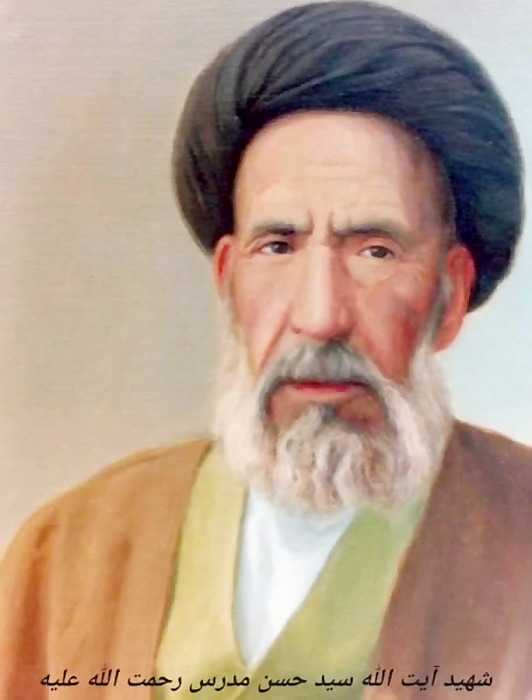
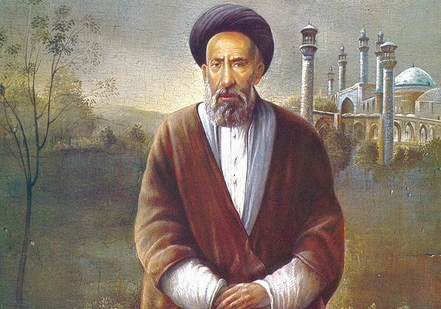
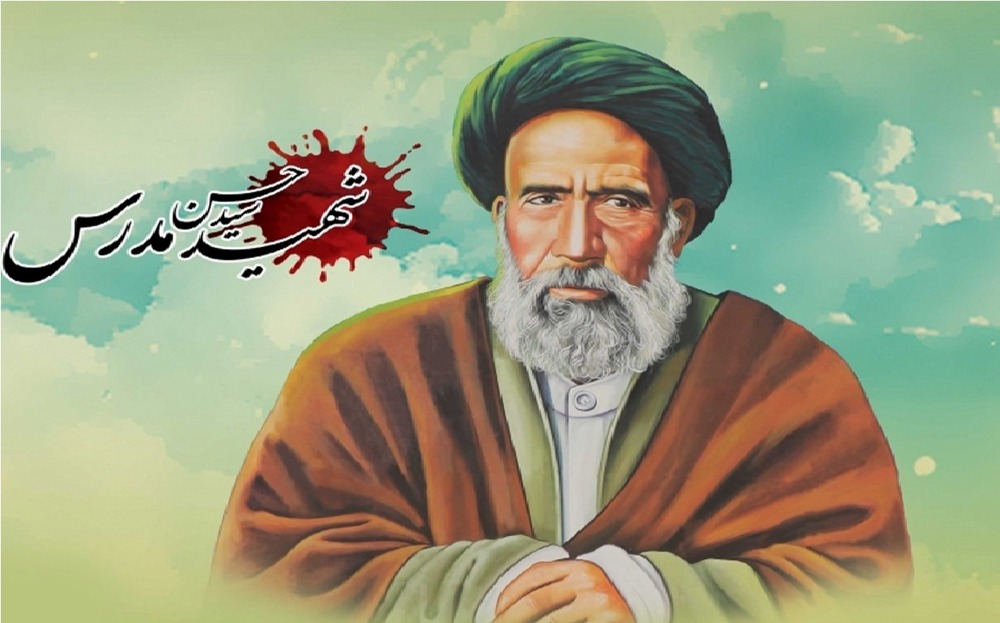




Choose blindless
Red blindless Green blindless Blue blindless Red hard to see Green hard to see Blue hard to see Monochrome Special MonochromeFont size change:
Change word spacing:
Change line height:
Change mouse type:


